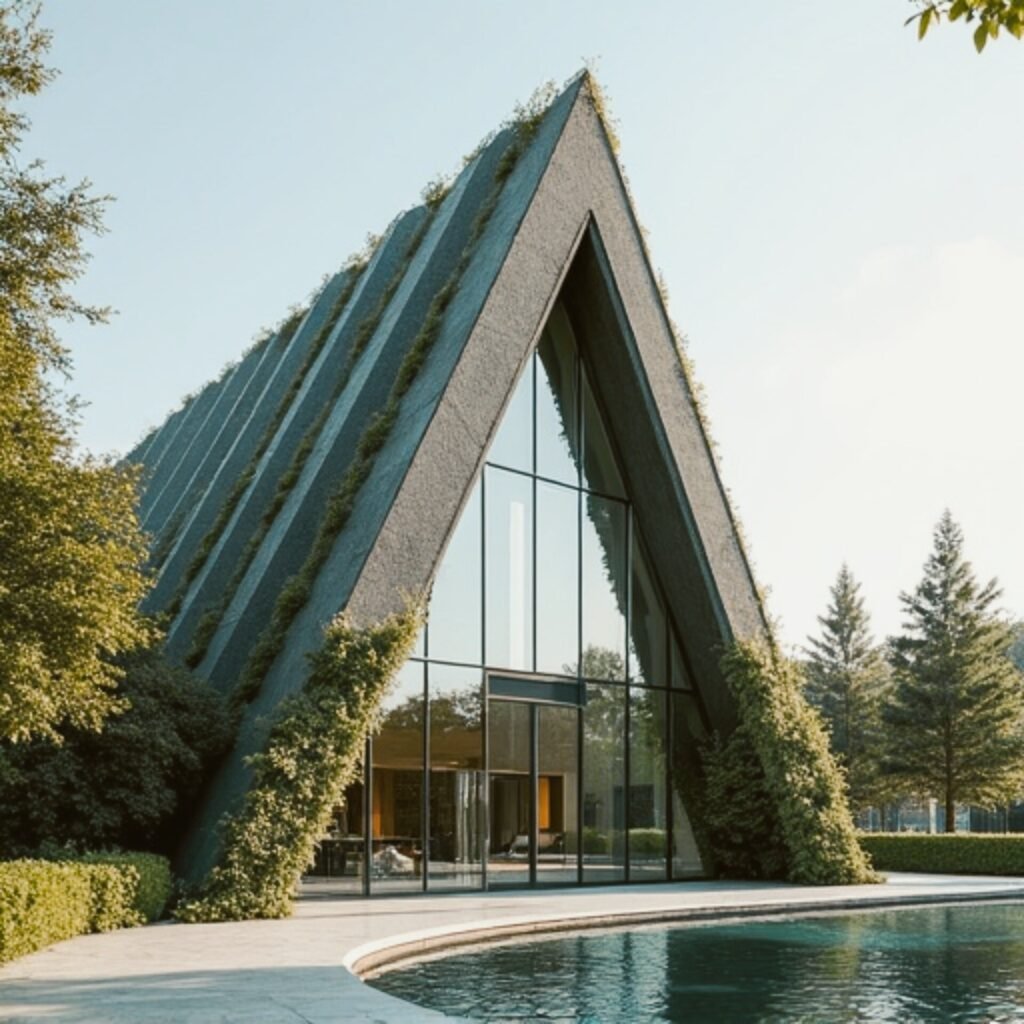Artificial Intelligence in Modern Architecture
Architecture has always been a field deeply influenced by creativity, precision, and technological innovation. Throughout history, architects have constantly sought new tools and methods to enhance their designs, optimize resources, and offer more efficient and functional constructions. In recent years, artificial intelligence (AI) has emerged as one of the most powerful and transformative tools in this process.

Thanks to AI, the world of architecture has experienced a true revolution, not only in the way buildings are conceived and designed but also in how they are planned, managed, and constructed. From design automation to predictive analysis and structural optimization, AI is driving a new era of smart architecture. As these technologies advance, their impact deepens, affecting key aspects such as sustainability, energy efficiency, and the interaction between space and its users. AI is not only changing the present of architecture but also reshaping its future, offering limitless possibilities for the creation of smart cities and buildings more adapted to the needs of the modern world.
Key Applications of Artificial Intelligence in Architecture
1. Generative Design: AI as a Creative Partner
One of the most notable applications of AI in architecture is generative design. This approach uses artificial intelligence algorithms to generate multiple design iterations based on parameters defined by the architect, such as materials, natural light, functional spaces, or urban planning restrictions. Programs like Autodesk’s Generative Design allow architects to explore thousands of options within minutes, finding solutions that maximize building functionality, aesthetics, and sustainability.
Benefits:
- Helps discover solutions that humans may not consider.
- Speeds up the design process, optimizing work time.
- Creates designs that maximize resource and material efficiency.
2. Space Optimization and Urban Planning
In the planning of large complexes or entire cities, AI can analyze real-time data to suggest more efficient designs. Tools powered by machine learning can model human flow, traffic, sunlight exposure, and other environmental factors, helping to create smarter, more sustainable cities. These tools enable urban planners to foresee how people will interact with spaces and adjust designs to maximize livability and energy efficiency.
Example: Cities like Singapore are already using AI to improve urban planning through traffic simulations and human behavior analysis in public spaces.
3. Sustainability and Green Building
Sustainable architecture is another area where AI is making a significant impact. AI systems can analyze energy consumption, local climate patterns, and environmental impact to optimize the design of more sustainable buildings. For example, AI can predict how a building will perform during different seasons and adjust designs to reduce energy consumption. Artificial intelligence is also used to find alternative materials and more eco-friendly construction techniques.
Example: Projects like Smart Green Roofs use AI to design rooftops that improve energy efficiency and reduce CO2 emissions.
4. Construction Automation
AI-driven automation in construction not only speeds up processes but also improves accuracy and safety. Robots controlled by AI algorithms are now being used in construction to perform repetitive tasks such as laying bricks, 3D printing structures, or assembling prefabricated modules. This not only reduces construction time but also minimizes human errors and enhances workplace safety.
Benefits:
- Reduces construction costs and time.
- Minimizes human errors and workplace accidents.
- Increases precision and quality in project execution.
5. Predictive Analytics and Building Maintenance
AI also plays a crucial role in predictive maintenance for buildings. Sensors connected to AI networks can monitor the structure in real time, detecting issues before they become major failures. This allows facility managers to schedule preventive maintenance, avoiding costly repairs and downtime.
Example: Smart buildings like The Edge in Amsterdam use AI to monitor energy usage and adjust internal conditions to improve energy efficiency and occupant comfort.
6. Augmented Reality (AR) and Virtual Reality (VR) in Architectural Design
AI has also enhanced the use of augmented reality (AR) and virtual reality (VR) in architectural design. These technologies, combined with AI, allow architects and clients to visualize projects in 3D before construction. Users can explore virtual spaces and make real-time adjustments, resulting in smoother collaboration between architects and clients.
Benefits:
- Advanced project visualization.
- Greater real-time collaboration.
- Reduction of design errors before construction.
Conclusion
The combination of artificial intelligence and architecture is redefining the boundaries of what is possible in design and construction. From generative design to construction automation and predictive analysis, AI is helping architects become more efficient, creative, and sustainable. As these technologies continue to evolve, we will see smarter, more functional, and adaptable buildings that meet the changing needs of the modern world. AI won’t replace architects, but it will undoubtedly become an essential tool in their creative toolbox.


